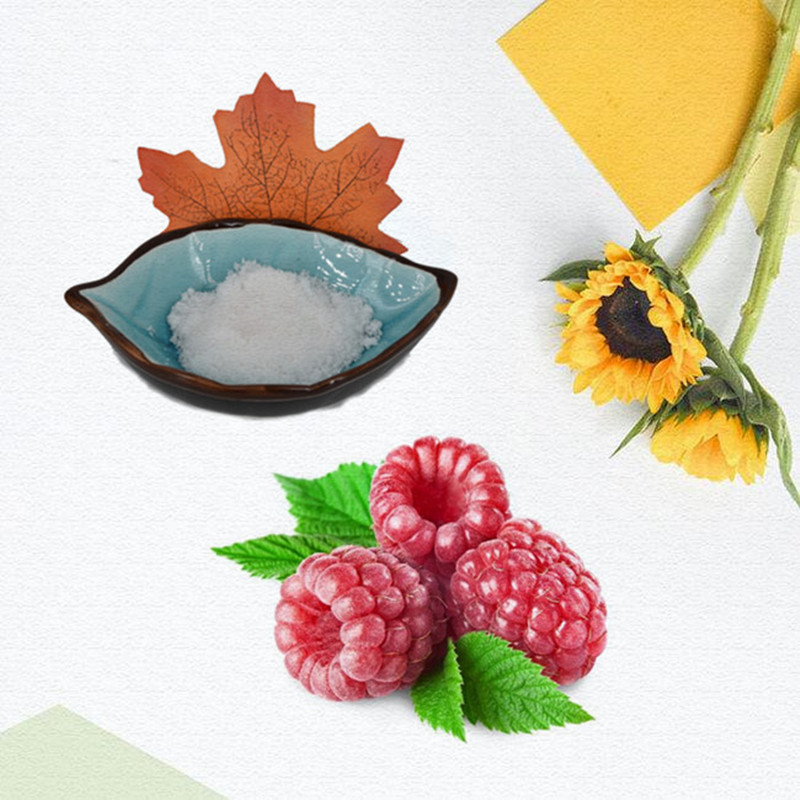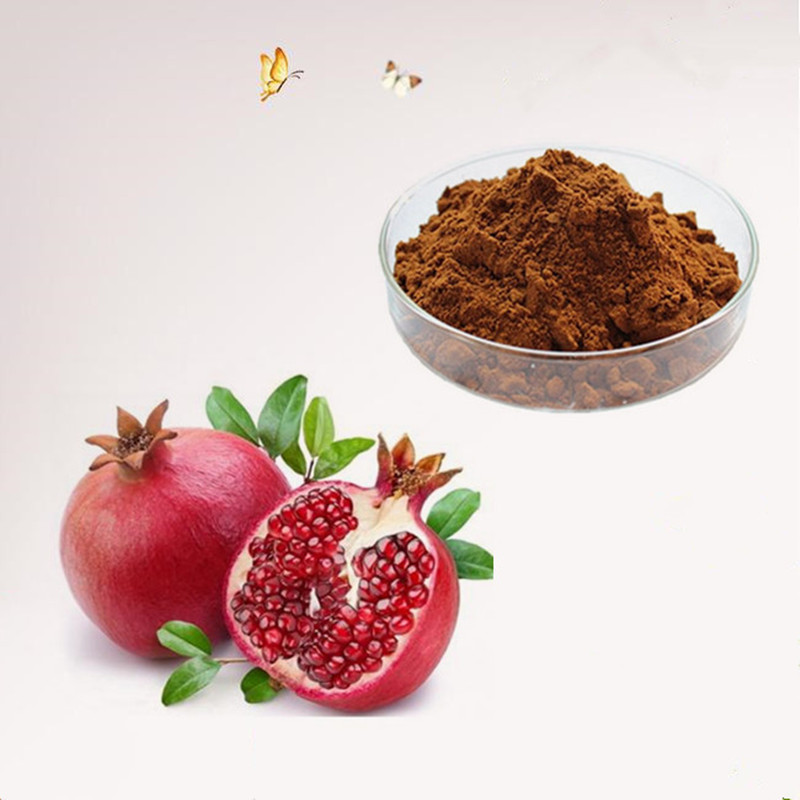Symptoms and characteristics: Citrus scab disease mainly affects young leaves, branches and young fruit. The leaves were nascent and oily and yellowish-brown in color. They gradually expanded into corky and bulged to the dorsal part of the leaves. They had a cone-shaped scab-like shape. The front of the leaves had many depressions such as a "funnel", and when the lesions were commissure, the leaves twisted and the surface was rough. Branches become shorter, twisted, and rough surfaces. Young fruit surface was knob-like protrusions, corked, small fruit, thick skin, deformed, easy to fall early. When the weather is wet, the spots are grayish-faced (spores). Citrus scab is a fungus (sore).
Pathogen and pathogenic characteristics: The pathogen is a semi-mycotic fungus, called C. citri. When the pathogenic bacteria are overwintering at the diseased part of the mycelium, the temperature of the late spring (15°C or more) and the humidity are appropriate, the pathogenic bacteria produce spores at the spore disk and spread directly through the rain and rain, directly invading the young leaves of the tender stems, for about 10 days. After the incubation period, the disease was manifested. Since then, conidiospores have been used as re-invasive invaders for many infections, and the disease has spread and expanded. The optimum temperature for the development of the germs was 16-23°C and the maximum temperature was 28°C. Spring shoots, late autumn shoots, and winter shoots are suitable for the case of rainy or foggy, dew-enriched weather. High temperatures during summer shoots, or drought during autumn shoots, are generally not conducive to disease. The fruit is susceptible to disease in young fruit between May and June. Oranges are most susceptible, followed by citrus, grapefruit, etc. Oranges are resistant to disease. The incidence of seedlings and saplings is heavy, followed by adult trees, and older trees are very light. Poor management of fertilizers and water or poor permeability, closed orchard disease incidence.
Control methods: (1) Disease-free seedlings should be selected for new orchards. (2) In combination with pruning, the garden is thoroughly cleared in winter and spring, and spray protection is performed once (30% copper oxychloride or 77% can kill 800 to 1,000 times liquid on the ground and sprayed on the tree). (3) timely spraying protection of new shoots, young fruit. Seedlings and saplings are sprayed for the first time when the length of shoots is 1 to 2 mm (grain length), and the second dose is sprayed every 10 to 15 days; the result is that the tree sprays the first time when the spring buds are 1 to 2 mm. The second drug, spray 2/3 when the second spray. In addition to the use of the above-mentioned agents, it is also possible to spray 65% ​​thiobacillin Wei wet powder l000 ~ 1500 times liquid, 43% of the large living suspension l000 times liquid, 50% with special wettable powder 500 times liquid.
Plant extracts refer to substances extracted or processed from plants (all or a part of plants) using appropriate solvents or methods, and can be used in the pharmaceutical industry, food industry, daily chemical industry and other industries.

There is a conceptual overlap between plant extracts and herbal extracts. The raw materials of plant extracts in my country are mainly derived from Chinese herbal medicines, so domestic plant extracts can also be called Chinese medicine extracts to some extent.

Herbal Extract,Liquid Herbal Extracts,Herbal Extract Powder,Natural Herbal Extract
XI AN RHINE BIOLOGICAL TECHNOLOGY CO.,LTD , https://www.xianrhinebiotech.com